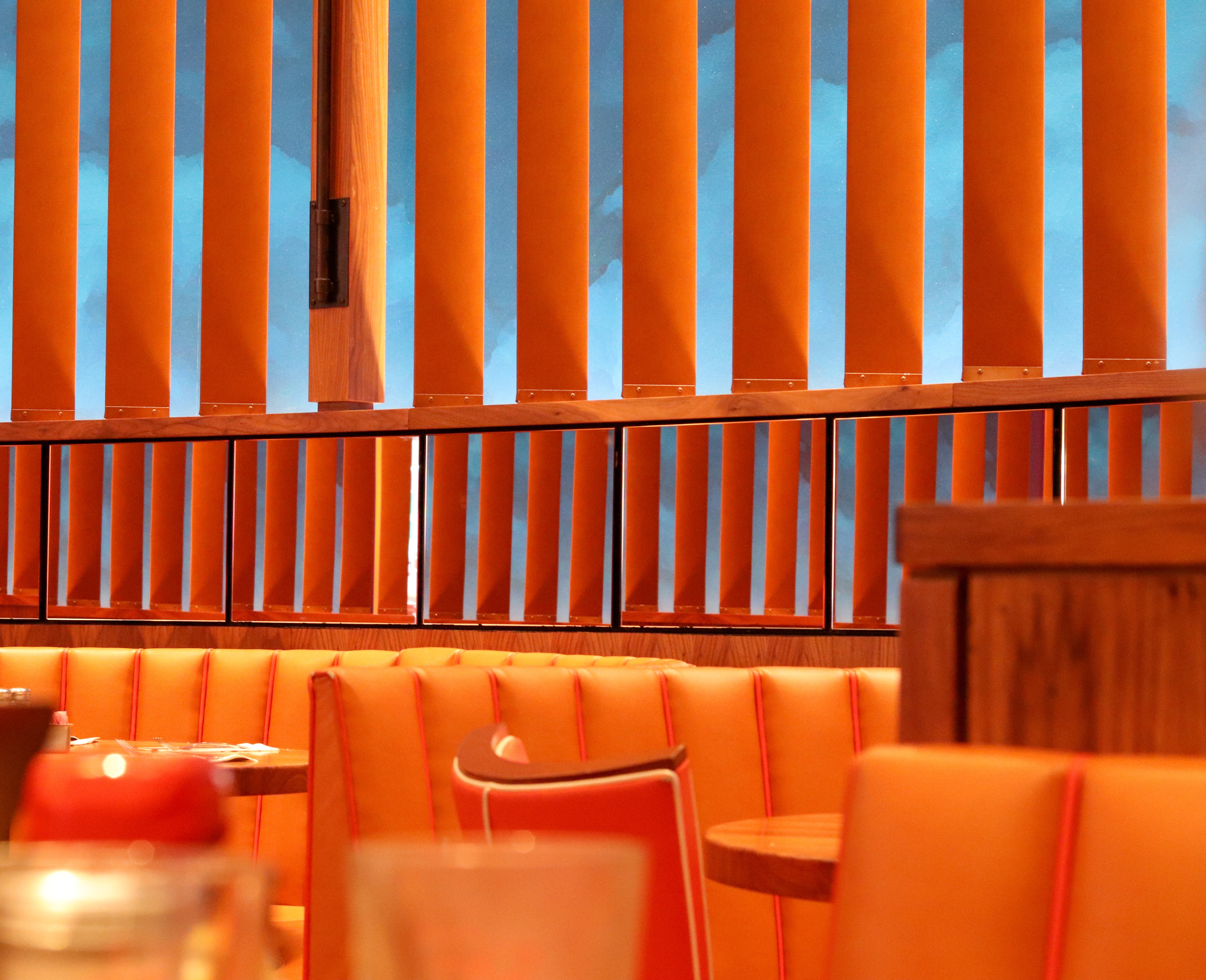Full disclosure, the photography class I signed up for was cancelled due to a lack of students. I am now enrolled in the spring version of the course. I am crossing my fingers that the spring course will go ahead. I am heading away on a weekend trip to New York City in the very near future and want to press ahead learning about photography in preparation for my trip.
Given my lack of knowledge on the subject of photography, I have started to do my own research. I found out that there are three pillars of photography ISO, shutter speed & aperture. We are going to tackle getting a basic understanding of the three pillars in this blog.
What the Heck Is ISO?
So I have this button on my Canon Rebel EOS SL2 DSLR camera that says "ISO". When you push this button you can spin a little dial and change the ISO setting. I played with this setting and had no idea what I aspect of my photos I was changing. I then took some really cool photos, at least they looked cool through the viewfinder. When I looked at the photos later that day they were completely washed out. My fiddling with ISO had ruined those shots.
So the short answer to the question of what is ISO is basically the darkening and lightening of photos. ISO stands for "International Organization for Standardization". Without going into the complete history I guess there were two standards for film that were combined into one standard in the 70s called ISO.
So my basic understanding of ISO is that the lower the setting the darker the photo. The higher the setting the lighter the photo. A photo with an ISO setting of 400 will be twice as light as a photo with an ISO setting of 200.
lower ISO # = darker image
higher ISO # = lighter image
Shutter Speed
Shutter speed refers to the length of time your shutter is open to expose light on the camera sensor. Slow shutter speeds will cause blurriness on moving subject matter, which might be a cool effect, and might be something you use to take a picture of the night sky to capture the stars. I guess the dim light of a night sky needs a longer shutter speed to allow the sensor to capture the starlight. On the flip side, the short shutter speed will allow you to take action shots. I am thinking like take a photo of a pass being caught in football. Everything is in motion and with fast shutter speed, you can capture a shorter point in time like a leaping grab for a pass. Shutter speed is measured in fractions of seconds. Some shutter speed example would be 1/100s or 1/250s or 1/4s.
I have accidentally played with this setting on my camera as well and screwed up some photos. I had the shutter speed set to a really slow setting and just ended up with blurry, unusable images. You can adjust your shutter speed on my camera when you are in manual mode. I think you do it by spinning the dial near the camera trigger. It is the same dial that adjusts ISO when you hit the ISO button. I know on my camera in autofocus mode the camera adjusts the shutter speed automatically. I have tested this by taking a photo in auto mode in a room with bright daylight and take a photo in the same room with the same settings you can tell the camera is using slower shutter speed to allow more light exposure to the sensor. Truth be told, at this point in my photography learning arc, I almost always use autofocus.
faster shutter speed = sharper image = good for action shots and things in motion
slower shutter speed = blurry image (if it is moving) = good for night sky shots or if you want a cool blurry effect
Aperture
Ok - before doing some research for this article the only thing I knew about aperture was that is was an Adobe application that was eventually replaced by Lightroom. In other words, I didn't know anything about aperture. It turns out aperture is the hole in a lens that controls how much light reaches the sensor. It is measured in "f-stops". From what I have read it is what controls the "depth of field" of the images you take. Depth of field is the distance between the closet item in your photo and the furthest item in your photo. Here is the simplification I came up with for newbies like me:
A smaller aperture = larger f-stop # = wider depth of field
A larger aperture = smaller f-stop # = shallower depth of field
What Did I Learn?
So in doing some research, I have learned:
- ISO makes images lighter or darker.
- Faster shutter speed for action shots.
- Smaller aperture for a wider depth of field and larger aperture for shallower depth of field.
Now that I have a clue as to what the three pillars of photography are I need to work on the skills needed to know when to use them to make my images look good.
Have a suggestion for a topic you would like to see covered on LearnTechGuy.com? Visit our make a suggestion page and we will do our best to honour your request!
Disclaimer: All the opinions are my own and are not the views of any suppliers or manufacturers.



